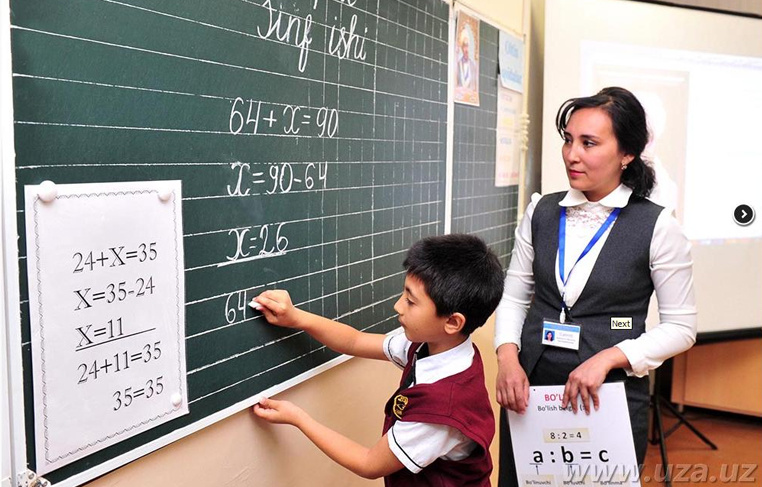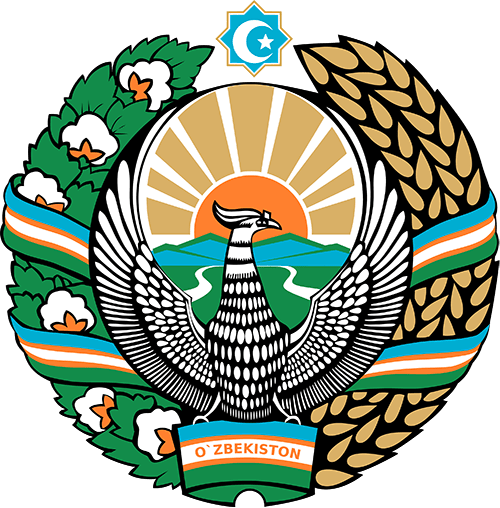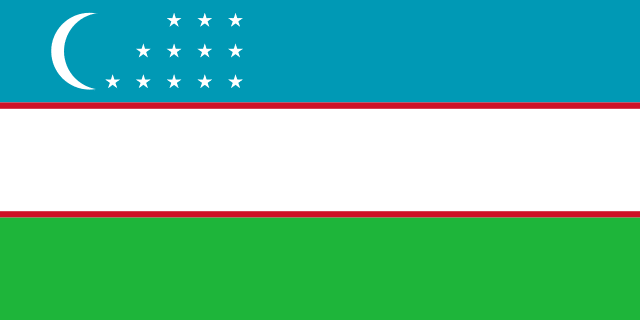
The President signed the Education Law. It describes in detail the types of education and forms of education, clarifies the powers of government agencies and enshrines the rights of teachers, students and parents.
President Shavkat Mirziyoyev signed the law “On Education” on 23 September. The document was passed by the Legislative Chamber on May 19 and approved by the Senate on August 7.
It, in particular, defines the concept of “education” – a systemic process aimed at providing students with deep theoretical knowledge, skills and practical skills, as well as the formation of general educational and professional knowledge, skills and abilities, and the development of abilities. There was no conceptual framework in the 1997 law.
The freedom to choose the form of education, the inadmissibility of discrimination and the provision of equal opportunities are recognized as one of the basic principles in this area.
In accordance with the law, the types of education are:
preschool education and upbringing;
general secondary and secondary specialized education;
professional education;
higher education;
postgraduate education;
retraining and advanced training of personnel;
extracurricular education.
The law stipulates that preschool education and upbringing provides for compulsory one-year preparation for primary education for children aged 6 to 7 years.
It is fixed that general secondary education includes grades I-XI. Children are admitted to the first grade of a general secondary educational organization in the year they turn 7.
Secondary specialized education is carried out for two years on the basis of nine-year basic secondary education in academic lyceums.
Professional education includes three levels (primary, secondary, specialized secondary).
Initial vocational education is carried out in vocational schools on the basis of 9th grade graduates on the basis of two-year integrated curricula of general subjects and subjects of specialties in a full-time form of education on a free basis.
Secondary vocational education is carried out in colleges on the basis of general secondary, secondary specialized and primary vocational education in full-time, evening and part-time forms of training for up to two years, based on the complexity of professions and specialties on the basis of a state order or a paid contract.
Secondary specialized vocational education is carried out in technical schools on the basis of general secondary, secondary specialized, primary vocational and secondary vocational education in full-time, evening and correspondence forms of training for at least two years, based on the complexity of professions and specialties on the basis of a state order or a paid contract.
Training of personnel with higher education is carried out at universities, academies, institutes and higher schools. Higher education is eligible for persons with general secondary (11-year education), secondary specialized (9-year basic secondary and 2-year specialized secondary education) and primary vocational education (9-year basic secondary and 2-year primary vocational education ).
The number of forms of education described in the law includes on-the-job education (correspondence, evening, distance), dual, inclusive and others.
The document also clarified the powers in the field of education of the Cabinet of Ministers, the State Inspectorate for Supervision of the Quality of Education under the Cabinet of Ministers, the Agency for the Development of Presidential, Creative and Specialized Schools under the Cabinet of Ministers, as well as other authorized bodies and local government bodies.
The law stipulates the legal status of teaching staff, guarantees of their activities, as well as responsibilities. In addition, it enshrines the rights and obligations of students, their parents and other legal representatives.
The law invalidated the laws of August 29, 1997 “On the National Program for Personnel Training” and “On Education”.
The law came into force on the day of its official publication on September 24.



